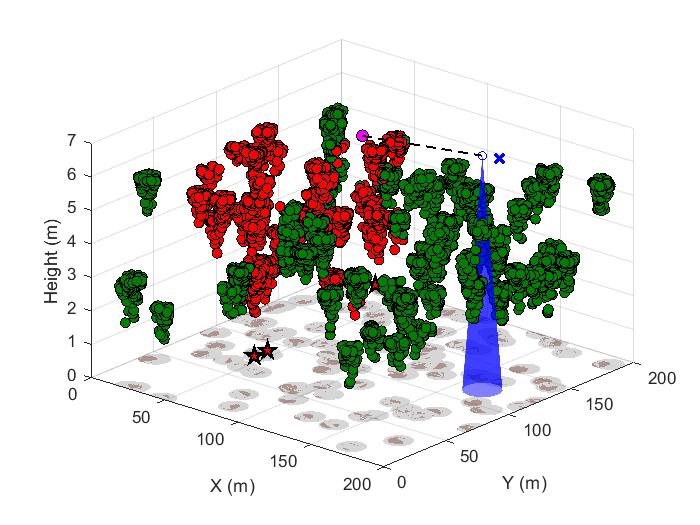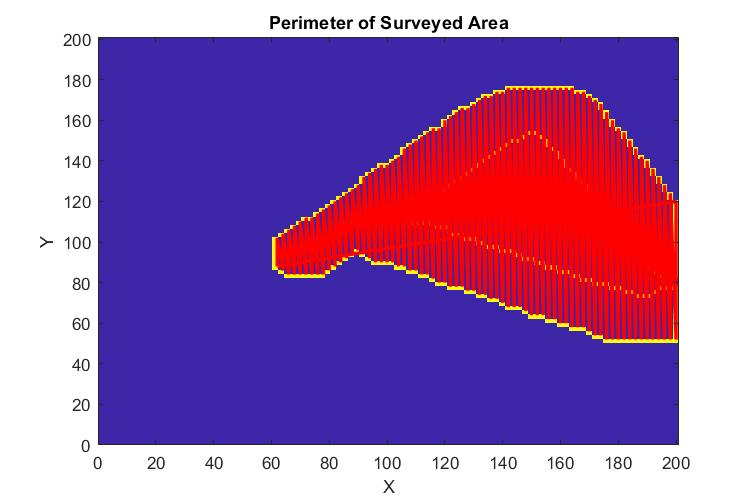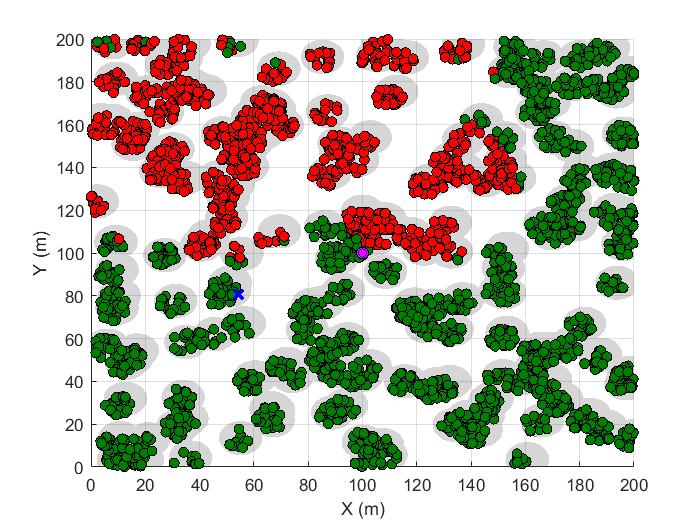Project Overview
Integrating UAVs and UGVs for precision agriculture to detect plant diseases early and improve resource efficiency.
This project develops a distributed UAV-UGV system aimed at enhancing early crop disease detection. UAVs perform aerial surveys to collect spatial data, which is processed in a central station. The UGVs are then guided for targeted ground-level inspections. By combining hybrid depth sensing and an asynchronous workflow, the system generates detailed 3D representations of crop fields, enabling high-accuracy disease localization.
Status: Ongoing
Key Features
- Hybrid Depth Sensing: Combines LiDAR and stereo vision to accumulate detailed 3D spatial data over time.
- UAV-UGV Coordination: UAVs conduct initial surveys and generate heatmaps; UGVs are deployed based on this data for fine-grained field analysis.
- Advanced Algorithms: Uses Weighted Least Squares (WLS) to improve UGV path estimation and Extended Kalman Filter (EKF) to fuse GPS and IMU data for UAV stability.
- Heatmap Generation: Highlights disease-prone areas by mapping plant health variability across spatial dimensions.
System Architecture
The system operates through an asynchronous workflow: UAVs equipped with hybrid depth sensors collect high-resolution 3D data and transmit it to a centralized base station for processing. The station generates spatial maps and disease probability heatmaps, which are then used to guide UGVs for targeted ground-level operations with high accuracy.
Photo Gallery
Visual highlights from the project.




Video Demonstration
Short clips showcasing the UAV-UGV system in action.
Resources
Download the full project report for an in-depth analysis of system architecture, methodologies, and results.